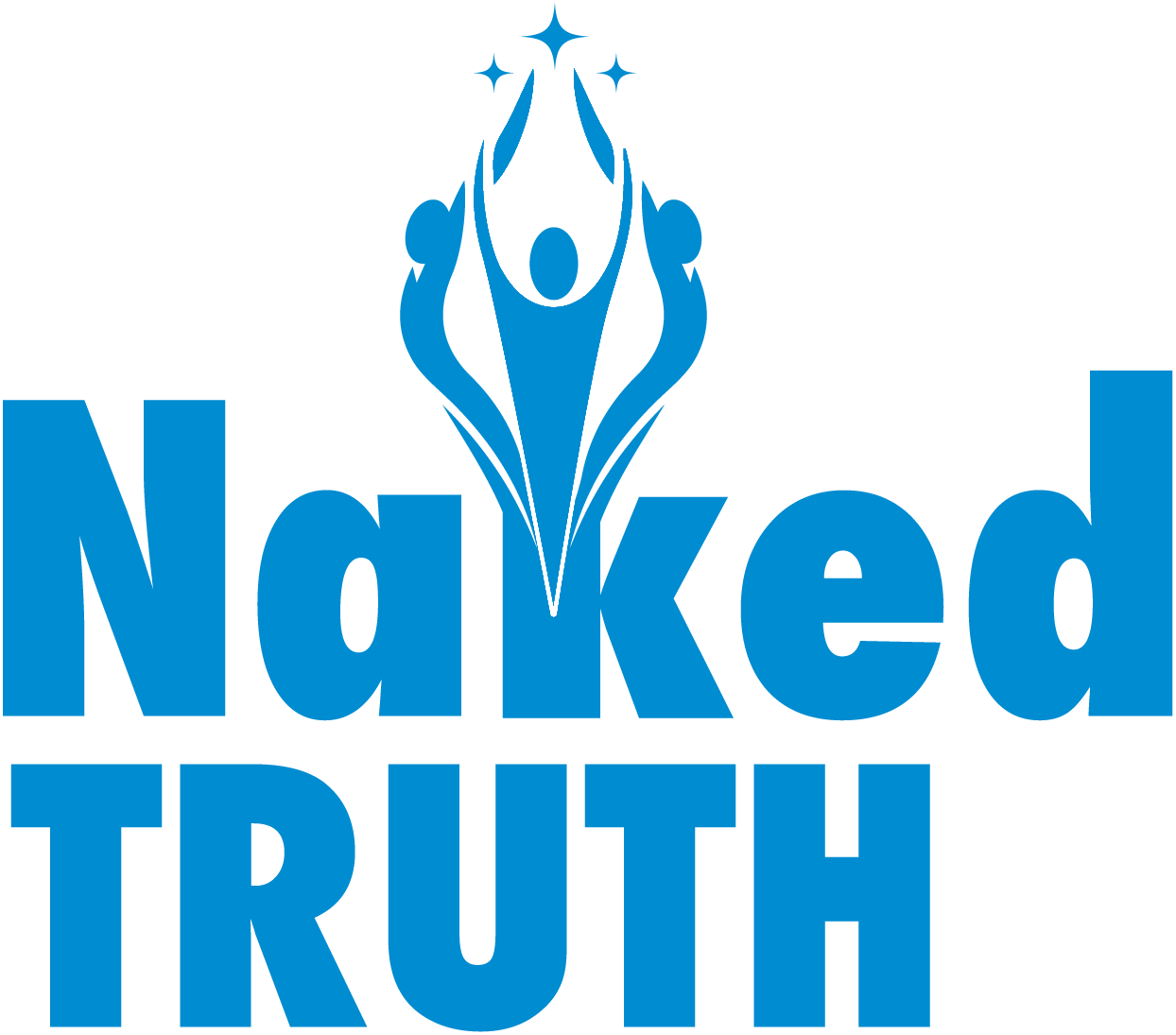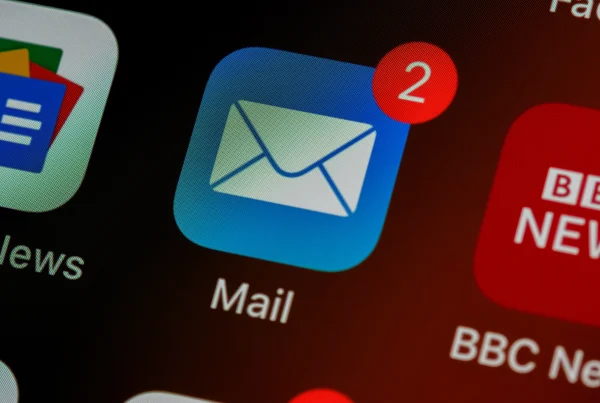Press releases are formal announcements made by a company, usually to promote a specific product launch or event. On the surface, press release writing may seem like a relatively straightforward process, and whilst there are clear structures, there are many different factors and parts that make up good PR and marketing. One of these essential factors is the boilerplate. But with limited space, every word counts.
Writing a boilerplate can be daunting, but it’s worth taking the time to get it right. In this article, we’ll show you how to write a boilerplate for a press release that will help you catch the attention of reporters and editors.
What is a boilerplate?
A boilerplate is text included in a press release that provides background information about the company, organisation, or individual issuing the release. Boilerplate text is typically published at the end of the release and should be one single paragraph, typically no longer than 100 words.
Boilerplates are meant to serve as a reference for reporters or other readers who might want more information about the subject of the release. Boilerplate text often includes a company’s mission statement, contact information, and brief history.
Why do we need a PR boilerplate?
Press release writing is a fine-tuned art, and it follows a fairly rigid set of rules that content writers abide by. Press releases begin with the headline, then the body of the press release, and finally the boilerplate can be found at the end. The purpose of the boilerplate is to give journalists additional context about the story. A 2014 study showed that 70% of journalists spend less than a minute reading a press release, so it’s important to make sure that your boilerplate accurately reflects your brand.
Additionally, the boilerplate can be a valuable SEO tool, as it can help to improve your search engine ranking for certain keywords. For these reasons, it’s important to take the time to craft a well-written boilerplate for your press releases.
Every press release needs a boilerplate, and so it stands to reason that it’s important to have a concrete piece of content that you can refer back to and use for every press release. They are also important because they save a writer a lot of time and resources as the same boilerplate will be used for every press release.
Where does the boilerplate go on the press release?
Press release writing follows a standard set of rules that should not be strayed from. With many other forms of content writing, people often enjoy the creative freedom that comes with such a task. However, when it comes to press releases, there are certain formatting guidelines that need to be followed. One of them is that it is standard practice for boilerplates to also be placed at the bottom of the page. This allows readers to easily find the boilerplate on any press release.
It’s important to remember that press release distribution services will not alter your boilerplate and will actually automatically place it at the bottom of the page for you if it’s not already there.
Boilerplate guide
Determine your angle
A chunk of time should be spent planning out your boilerplate before the writing even begins in order to ensure that it is conveying exactly what you want it to. To do this, you’ll need to spend some time determining the angle you want to work with. Decide who your target audience is and go from there.
The most effective boilerplates are very rarely more than 100 words, which will amount to just a single paragraph. This really isn’t a lot of writing, and so you need to understand exactly what you want to say and be concise with it.
Craft a company description that will catch eyes of your readers
A good way to think about writing this part of your press release is to view it as a more concise and compact version of the ‘about us’ section on your website. You’ll then be able to draw whoever is reading the press release into your company by using a brief but precise description about your company.
There are many ways to approach this, and it will depend on your company and what information you are trying to get across to the audience and potential new clients. This could range from noting where the company is based, when it was founded, how long it’s been established for or any other relevant details. Explaining the history of the company can be a very effective way of beginning your boilerplate for a press release, touching on why the company was founded in the first which helps to lead you into its mission.
There are several different elements we recommend including when writing a boilerplate:
Mission statement
Being direct about exactly what your audience and who your company is for is a great way of drawing in the right reader. Make sure you’re straightforward about your brand’s mission and vision in the company boilerplate.
Describe your USP
Whether the press release is an announcement of a new product launch or a new service that you are providing, a great boilerplate must promote your organisation’s unique selling point to the audience. More than anything, this will likely be what grabs the attention of your reader.
Include a tagline
You will also want to add a tagline in your boilerplate. The press release boilerplate is all about getting your brand, culture and company mission across and a well-written, snappy tagline is a very effective way of conveying this.
Add relevant statistics and data
Statistics make for great PR, and as we’ve said, you haven’t got a lot of space to write. Few things capture a reader’s attention quicker than key data and statistics. If there’s a great statistic that explains why your organisation was founded in the first place, throw it in here. Maybe you’ll want to include how many offices you have or how many countries you operate in. However, remember that this boilerplate needs to be short and snappy so don’t include stats unless they’re totally relevant.
Add a compelling CTA
Ending your PR boilerplate with a specific call to action is an excellent way to direct readers to your website or social media pages for more information on the announcement. What exactly your CTA is will depend on what pages you want to direct your readers too. For example, you may have created a generic PR boilerplate that encourages readers to follow your social media pages. Alternatively, you might want to encourage readers to go and check out a specific web page on your website that is about a particular product/event announcement.
It is worth spending a good amount of time curating a well-written call to action. Writing a strong call to action will draw readers in, and make them much more likely to click on your URL and engage with your company’s content.
Re-read and edit
Finally, always triple check it to make sure it gets across exactly what you want it to. Ensure that it reads well and isn’t overly complex, as this piece of content may be reaching new potential clients for the first time and you do not want to put them off with too much technical jargon. Using a press release distribution service can also be great, but ensure that you are using an effective and reliable service.
Update when necessary
Your boilerplate will need to be updated and changed over time. Remember those facts and figures that we previously mentioned that can be great to include in your boilerplate? There will come a time when they become outdated, or other information about your company may change over time. When this happens, it’s important to update the relevant information to make sure your customers and clients are always up to date on your company’s journey.
A few tips for an effective press release boilerplate
- Keep your writing short and sweet. Try and stick to the average word count of 100 words, or one paragraph, and be concise with your points. Journalists receive a lot of press releases and pitches in a single day, and so it’s your job to catch their eye with unique, engaging content.
- When it comes to marketing, knowing what information is relevant to include and what isn’t is important. A boilerplate plate is another form of marketing, so be mindful of what information to add as we have limited space.
- Keep your release simple and void of any jargon or complex terminology. Industry professionals can get a bit carried away with their writing sometimes, and can forget that they’re not always writing to people with the same insight or knowledge as themselves. Keep it straightforward and simple, and if they want to learn more they can do so via your website.
- Think about the keywords you want to target in your boilerplate. It can be useful to write a list of keywords that you want to include that focus on your brand, product or service.
- Keep the same POV that has been used in the main body of the content.
- Remember to use any and all relevant data and statistics to provide evidence for what you’re claiming.
- Ensure you keep a consistent tone of voice throughout your press release writing.
- Edit, edit and edit some more! Make sure you leave plenty of time to edit and proofread your boilerplate to ensure it is conveying exactly what you need it to.
- Don’t forget to keep your boilerplate fresh and up to date. Although it is a staple of every piece of press release writing, it will need updating eventually. For example, there may end up being new statistics that can be added to the boilerplate.
Press Release Boilerplate Examples
AutoNation Press Release
This piece of press release writing shows how to effectively link out to social media pages. This is best done once you have created a strong presence on your social media pages, and it can just as effective – if not more – to link out to them as well as your own website. This is because it encourages the audience to connect on a more personal level, allowing them to contact you directly through comments and direct messages.
This is especially effective if you have a social media content writer who specialises in curating media content for your social channels. In this instance, it can be an extremely useful way to engage interested audiences.
This company clearly knows it has a strong social media presence, and as such they have provided URLs to several of their different social media profiles through which their customers can engage with them. As we’ve mentioned, notice how they’ve followed the formatting guidelines and placed these URLs at the end of the press release boilerplate.
Amazon is one of the biggest companies on the planet, so if there is anyone to take inspiration from it’s them. They go on to list some of the big name products that they sell in order to grab the attention of readers. They are more likely to draw more attention by using the names of products that they know are already popular.
Hershey
This is a great example of a boilerplate that covers many bases, showing how to include a lot of information without it sounding like you’re overwhelming the reader. It begins by stating where it is located, quickly followed up by claiming itself as the industry-leading snack company which is a very big title to claim – and when true, it should absolutely be included. It’s a great way to immediately grab the reader’s attention. They then go on to note a few causes that they strongly believe and uphold within their company, such as helping children succeed, thereby showing that this is an organisation that attempts to give back to its community.
This press release writer then goes on to use statistics highlighting how many employees they have worldwide and how many brands they have, which shows their dominance in the industry, backing up their earlier claim on being industry-leading. Finally, they use a figure to cement this claim by showing how much annual revenue they bring in.
The boilerplate concludes by stating their mission to operate ethically and sustainably, pointing out how long they’ve been in business for and that these have been a core part of their business since its inception.
Final thoughts
Press release writing isn’t easy, and whether it’s crafting an eye-catching headline or a boilerplate that captures your company’s spirit it can be hard work. However, press releases are an essential part of any public relations strategy, and a well-crafted boilerplate can make all the difference when it comes to getting your story picked up by the media.
By following the tips we’ve outlined in this blog post and taking a look at some effective examples, you should be able to create a boilerplate that will help you get your story out there.
Still need some help with your brand’s PR? Our team at Naked Truth are here to help! We’re a mission-led PR agency that helps brands expand their social impact. For more information, contact us today.





